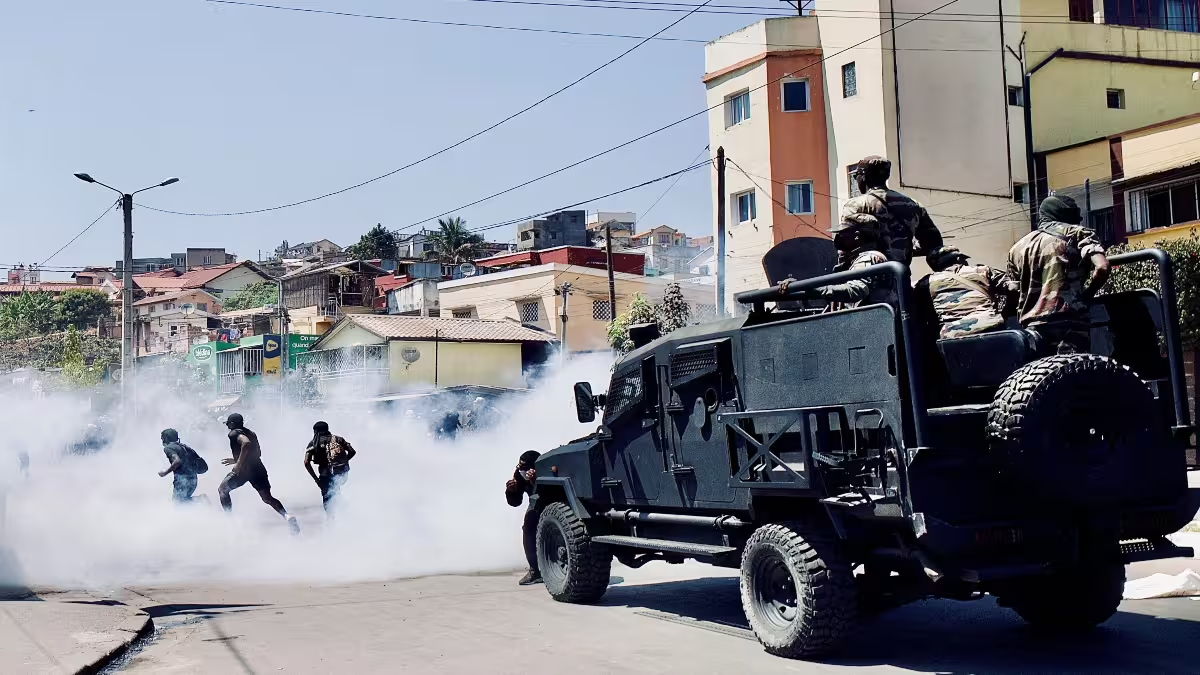
Thousands have marched across Madagascar for a week in the biggest protests in more than 15 years, turning anger over rolling blackouts and water shortages into a direct challenge to President Andry Rajoelina. Sacking his cabinet on Monday did little to cool tempers as crowds now demand his resignation. The UN says at least 22 people have been killed and more than 100 injured; authorities reject those figures as “rumours and misinformation.”
What lit the fuse
Tensions spiked after the 19 September arrest of two Antananarivo city politicians who had planned a peaceful rally over chronic service outages at state utility Jirama. Their detention galvanized civil society and a youth-driven online network, Gen Z Mada, which helped spread protests from the capital to at least eight other cities. Demonstrators denounce corruption and demand reliable access to power and water.
Who is in the streets
What began as Gen Z-organized rallies on Facebook and TikTok has broadened. Major labour unions, including Malagasy Trade Union Solidarity, have swung behind the movement. Civil society leaders urge church-mediated talks “to prevent chaos or civil war.” Opposition figure Siteny Randrianasoloniaiko and former president Marc Ravalomanana issued a rare joint endorsement of the protests, refusing posts in a proposed unity government.
There is no formal manifesto, but slogans and statements point to Rajoelina’s resignation, a “clean-up” of the National Assembly, accountability for alleged killings by security forces, and—among some online activists—the dissolution of the election commission and the top court.
How the state is responding
Security forces have a heavy presence in major cities, using tear gas and water cannon. A dusk-to-dawn curfew followed reports of violence and looting, including a fire at the finance ministry. Rajoelina blamed some ministers for poor performance, promised World Bank-supported measures to ease blackouts, pledged help for looted businesses, and called for dialogue. Schools in and around the capital closed last week amid fears of further unrest. Authorities say unauthorized gatherings threaten public order.
Madagascar remains among the world’s poorest countries; roughly 75% live below the poverty line, and only about a third of the 30 million population has electricity. “Living conditions are deteriorating every day,” a protester told AFP.
Can Rajoelina ride it out?
Analysts warn the crisis could deepen if the crackdown hardens, risking political fragmentation, nationalist backlash against perceived foreign meddling, and economic damage. Control of state media and key institutions could help the president outlast the immediate wave—unless the military balks at enforcing forceful orders. “We do not want a coup d’état,” presidential spokesperson Lova Ranoromaro posted, arguing it would devastate the country’s future.
Madagascar has cycled through upheavals since independence in 1960. Mass protests in 2009 unseated Ravalomanana and first brought Rajoelina to power. He returned via the ballot box in 2018 and won re-election in 2023 in opposition-boycotted polls.
